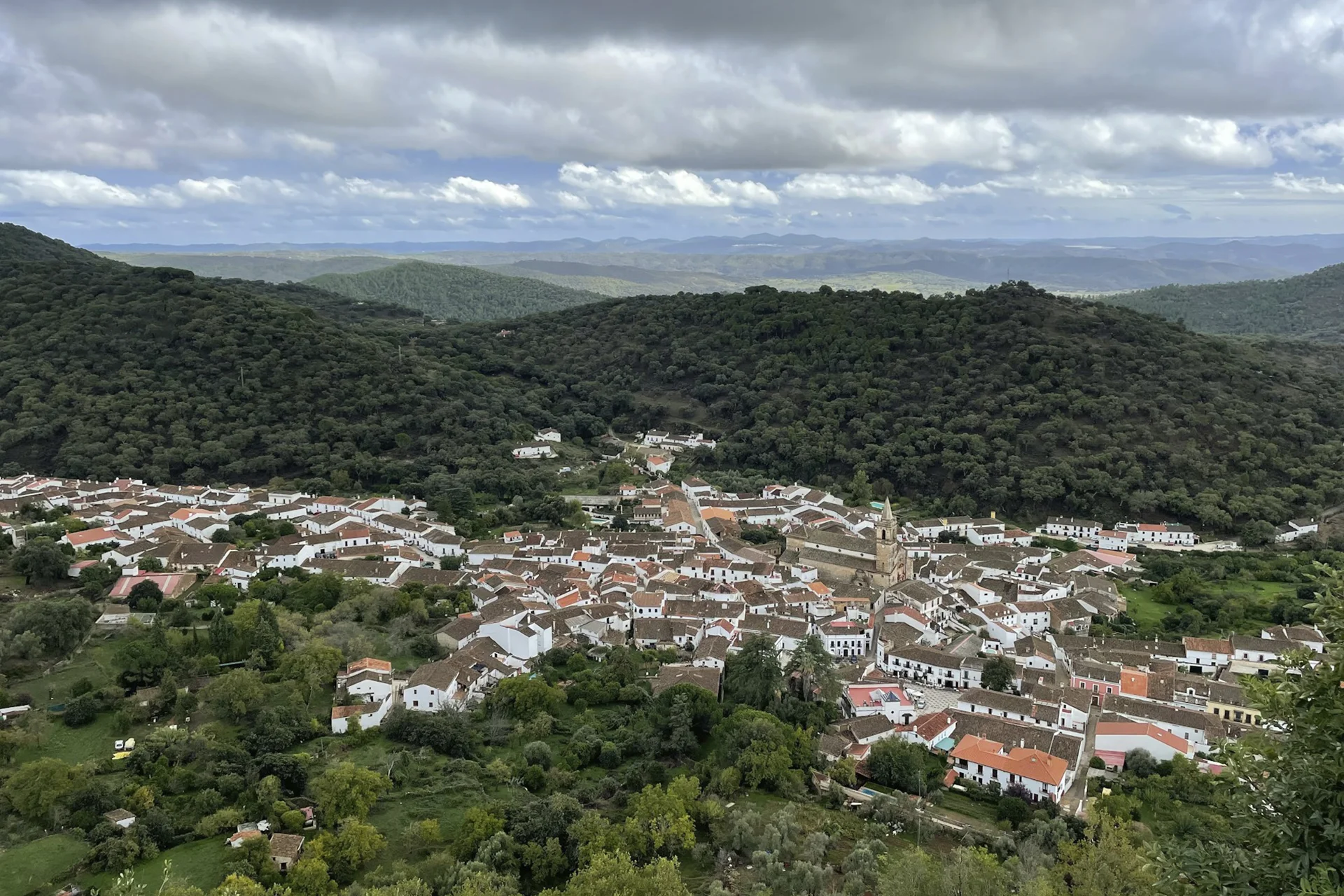
LATITUDE
LONGITUDE
APPELATIONS
Think of Ribeiro as Galicia’s viticultural elder statesman – a region in northwestern Spain that was crafting world-class wines while other Spanish appellations were still figuring out viticulture basics. But this isn’t marketing hyperbole. Ribeiro has Roman roots and became so prized that explorers packed its wines for transatlantic voyages.
As one of Spain’s oldest wine regions, Ribeiro has a rich history and a focus on native grapes, playing a significant role in Spain's diverse wine heritage. The name Ribeiro means ‘riverbank’ in Galician, reflecting its geographical feature. Today, Ribeiro stands as a study in resilience: a region that survived phylloxera, wars, and international varieties, then recovered by doubling down on indigenous treasures.
This in-depth guide will explore Ribeiro's history, geography, grape varieties, wine styles, notable wineries, and its cultural and climatic influences.
Ribeiro sits like a jewel in Galicia’s crown, positioned between the Atlantic influence and the continental interior. Unlike Rías Baixas, Ribeiro has the quiet confidence of an established player.
Located in south-central Galicia (Ourense province), the region stretches across valleys carved by three rivers – Miño, Avia, Arnoia – creating a terroir that’s part Atlantic freshness, part Mediterranean warmth. The confluence near Ribadavia forms the heart of the wine region.
This is terroir with a story: granite-rich soils show ancient upheavals, terraces (“socalcos”) illustrate heroic viticulture, and vineyards climb south-facing slopes to maximize sunlight. The wine culture is defined by indigenous grape varieties like Treixadura and Godello, and a reputation for fresh, aromatic wines that reflect regional identity.
The numbers reveal Ribeiro's boutique nature – artisanal, not industrial. With an average of 12.6 hectares per winery, producers know each vine personally. The region encompasses ~2,500 hectares. The altitude range provides diurnal swings, keeping acidity bright and allowing phenolic ripeness. Ribeiro wines are renowned for high acidity, a key quality factor.
Ribeiro's history unfolds in distinct periods, shaping its wine legacy:

Vineyard Hectares
WINERIES
GROWING DEGREE DAYS
Ribeiro lies about 45 km from the Atlantic. Close enough for maritime influence, sheltered enough to develop microclimates. The Serra do Suído and Serra do Faro de Avión mountain ranges shelter Ribeiro from Atlantic storms. River valleys and granite hills create a patchwork of exposures that would make a Burgundian jealous. Terraced vineyards maximize sun exposure while valley floors benefit from cool river mists.
Atlantic winds influence the Mediterranean climate, along with the Arnoia and Miño rivers, bringing humidity and moderating temperatures. The inland position ensures ripening sunlight, with 1,900+ hours annually.
Ribeiro’s climate has four distinct seasons and lower rainfall than other Galician regions. Result: a “temperate, warm and sub-humid” climate with cool nights that preserve acidity.
Daily temperature swings can exceed 15°C during harvest, allowing slow, even ripening. Precipitation is well-distributed, reducing the need for irrigation.
The soils developed within Ribeiro can be categorized primarily into three types, each contributing uniquely to the region’s viticulture:
The regional growers of Ribeiro focus on native grape varieties, such as Treixadura, Torrontés, Mencía, and Sousón. Treixadura, in particular, is considered Ribeiro’s white calling card, often used in blends and known for its floral and stone fruit notes. Treixadura yields dry white wines characterized by floral inflections and succulent fruit. Dona Blanca is another white grape variety known for its delicate aromas of citrus and flowers, adding to the diversity of Ribeiro’s offerings.
In addition to its renowned white wines, Ribeiro is also known for its red wine, produced from traditional varieties such as Mencía and Tempranillo.
In addition, other varieties are cultivated in smaller amounts, including Garnacha Tintorera, Tempranillo, and Alicante Bouschet.
The region focuses on single-varietal wines, although blends from grapes like Treixadura, Godello, and Torrontés are also commonly found. Godello, a distinctive white grape variety, produces expressive wines that contribute to Ribeiro’s reputation for high-quality whites. White wines from Ribeiro are typically single-variety Treixadura wines or blends of Treixadura and other varieties.
Red wines from Ribeiro are primarily made from traditional Galician varieties, including Sousón, Brancellao, and Mencía.
The match between Ribeiro wines and Galician cuisine feels almost evolutionary, as these wines developed alongside local gastronomy. Some of the best food pairings for Ribeiro wines are:
White Pairings:
Red Pairings:
Ribeiro's tourism is intimate, authentic, and rooted in local culture. The O Ribeiro Wine Route links 18 wineries, 7 restaurants, and 18 accommodation options—small but cohesive.
Ribeiro's sustainability is rooted in necessity and tradition: steep slopes and small plots discourage industrialization, encouraging careful stewardship.